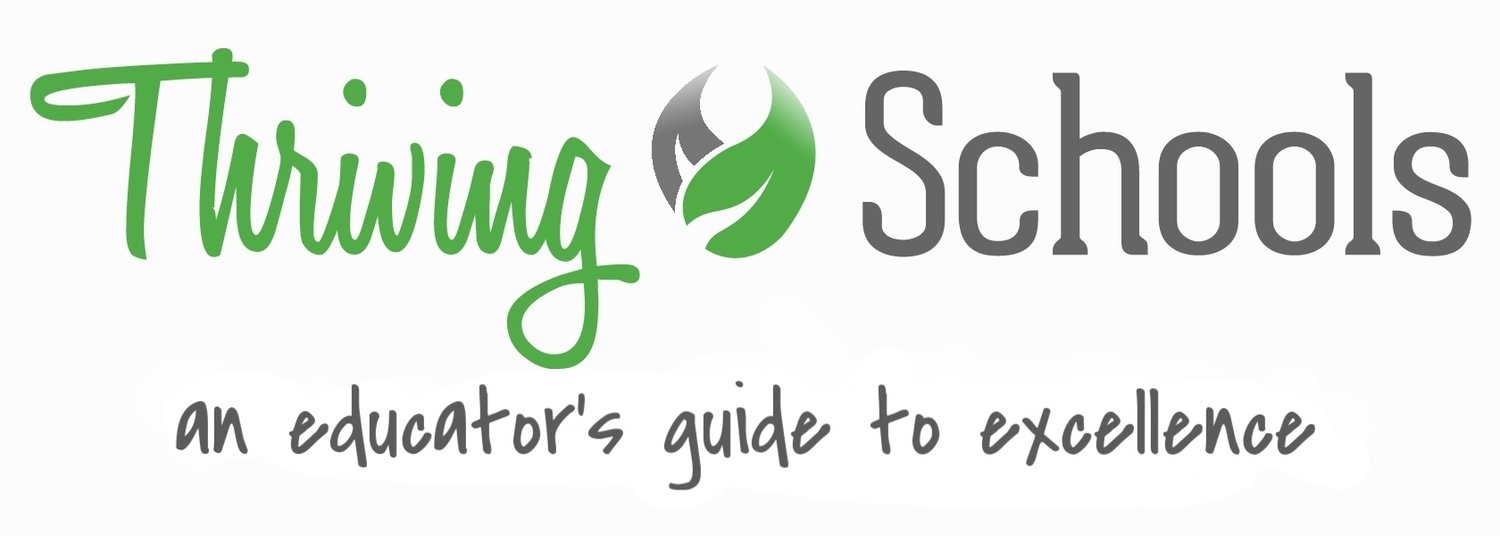Important vs. urgent: Stephen Covey at school
/Stephen Covey was an influential writer, businessman, and expert on management policy. His book, The 7 Habits of Highly Effective People, has sold more than 25 million copies worldwide (in fact, you probably have one of them). But in our daily effort just to survive, chances are we’ve let much of its advice fall by the wayside.
For now, let’s focus our attention on just one tool from the book – his time management matrix. As we’ll see, if we fail to schedule time for what’s truly important to the growth of our schools, we end up being overwhelmed by a seemingly limitless number of responsibilities.
Below is one version of the matrix. It measures importance and urgency along its axes and it gives us examples of activities that would fall into the four resulting quadrants.
It goes without saying that we should limit or avoid time spent in the 3rd and 4th quadrants. But as school leaders and educators, it’s often much harder to determine how we should split our time between Quadrants 1 and 2. Here are some examples of various activities that fall into these buckets:
In our experience, we see leaders dedicating far too much time to Quadrant 1 activities. Now, it’s impossible to avoid these completely, but if we’re spending too much time in Quadrant 1 it’s a good indication that our school systems are weak or our staff isn’t empowered to proactively resolve problems. It should be clear, just like Covey points out, that the more time we invest in Quadrant 2 the more that Quadrant 1 problems will disappear.
So how might spending more time in Quadrant 2 look? Bearing in mind the actions you take should be grounded in your own school’s values and priorities, here are some suggestions:
1) Spend a few extra minutes at the end of your coaching conversations to train staff on potential contingencies and disruptions. Here are some questions you might use:
What is your plan for class tomorrow if 10 of your students are absent?
During our school assemblies, what do you think the best role of our teachers is?
How are you promoting school culture and values in your classroom?
2) Recognize that your commitment to hiring needs to be an ongoing effort. You might:
Create a system that encourages staff to provide talent referrals
Determine faculty intentions through ongoing cultural check-ups
Commit right now to scheduling time to post openings, review resumes, and conduct interviews
3) Find time each week to reflect where school systems are weak and identify a plan of attack to improve them. Consider:
Schedule 15 minutes on Friday to identify 1 system or procedure that needs improvement
Reflect on underlying causes of the problem and resist the urge to give ‘orders from headquarters’
Ensure that staff are able to contribute to solutions and are invested in any policy’s success
4) Manage morale proactively by regularly pulse-checking staff and distributing variable size/interval rewards. While we will provide more ideas on this in future posts, here are some guidelines:
Appreciation is felt more when it is unexpected; make sure your staff experiences positive surprise
Solicit ideas from faculty – this could be another closing question in your coaching conversations
Brainstorm your next 10 staff appreciation and culture-building ideas this weekend
These are just a few ideas. But again, the overarching goal here is to shift your focus to Quadrant 2 activities. Think of these as investments you make now that more than pay for themselves in time saved later. Yes, you’ll need to put your spin on these to reflect your school’s values and priorities. But if done properly, you’ll find yourself with fewer fires that need to be put out.
The protection of your time and priorities is vital. And if you’re not spending the time improving your school’s systems and strategizing for the future, who is?



